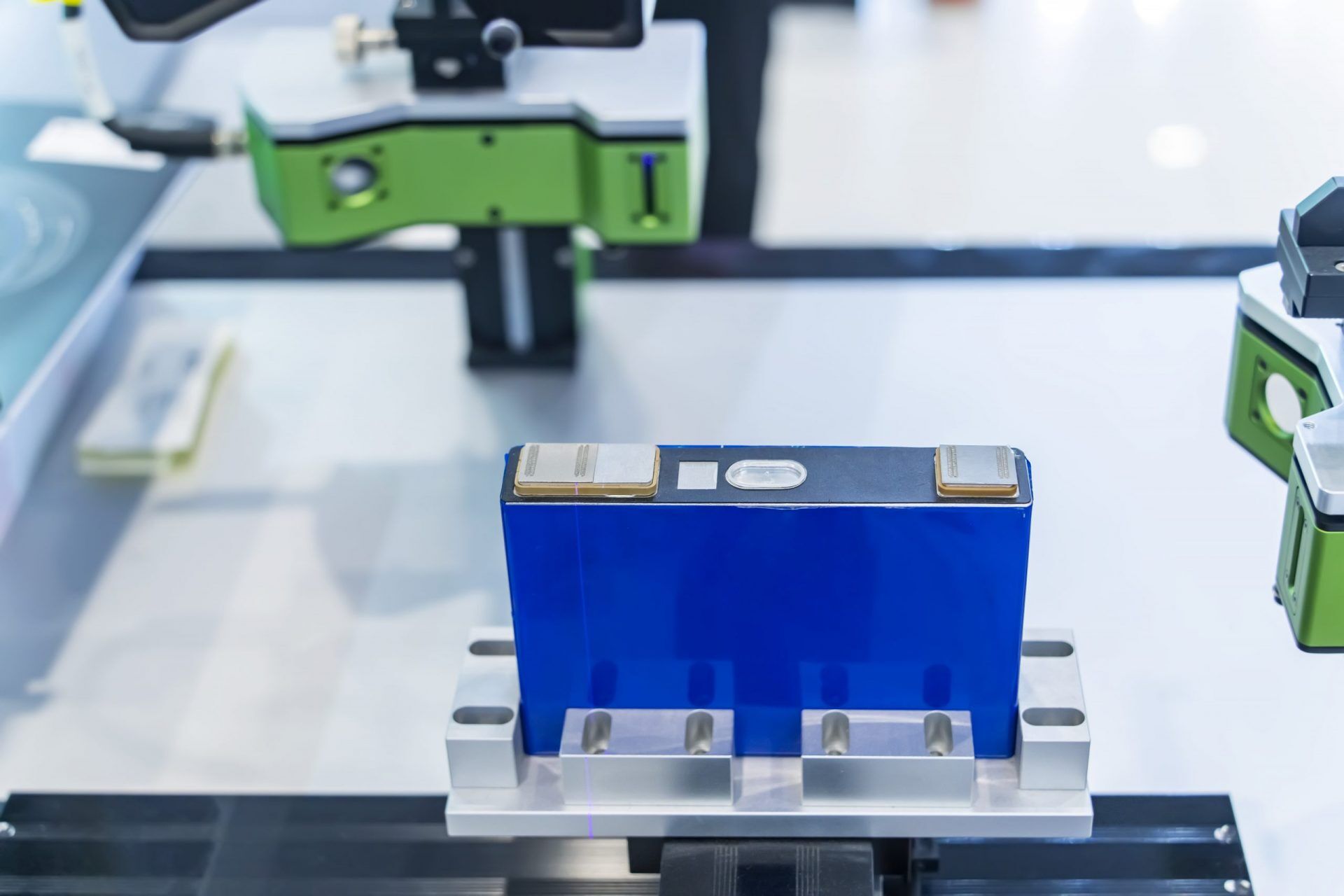In the exciting world of industry and manufacturing, laser technology has proven to be one of the most versatile and efficient tools. In particular, fiber laser marking has become a widely used technique due to its precision, speed and flexibility. In this article, we will explore in detail how fiber laser marking is transforming different sectors and how it has become an essential tool in product identification and traceability.
What is fiber laser marking? Fiber laser marking is a marking technique that uses a fiber optic laser to engrave or mark surfaces of various materials, such as metals, plastics, ceramics, and more. Unlike other types of lasers, fiber lasers use an optical fiber doped with elements such as erbium, yttrium or neodymium, making them a more efficient and precise option for marking.
Advantages of fiber laser marking:
- High precision: Fiber lasers are capable of producing extremely detailed and legible marks, even at small sizes. This is especially important in sectors where traceability and accurate identification are essential.
- Speed and efficiency: Fiber lasers can mark materials quickly and efficiently, enabling high productivity in industrial environments. In addition, being contactless, there is no wear or deterioration of the marking tools, which reduces maintenance costs.
- Versatility in materials: Fiber laser marking can be applied to a wide range of materials, from metals to plastics, ceramics and other substrates. This makes it an attractive option for various industries, including automotive, electronics, medical, and many more.
- Resistance and durability: Marks made with fiber lasers are highly resistant to abrasion, chemicals and other environmental factors. This ensures that the marked information remains legible for the life of the product.
Applications of fiber laser marking:
- Product Identification and Traceability: Fiber laser marking is widely used to mark barcodes, serial numbers, logos and other unique identifiers on products. This makes it easier to track throughout the supply chain and helps combat counterfeiting.
- Automotive Industry: In the automotive industry, fiber laser marking is used to mark metal parts with essential information such as part numbers, manufacturing dates, and QR codes. This helps in quality control, parts traceability and efficient inventory management
- Electronics: Electronic components require precise and durable marking to ensure traceability and authenticity. Fiber laser marking is ideal for applying alphanumeric codes, manufacturing dates, logos and symbols to printed circuit boards, device casings and other electronic components.
- Medical industry: In the medical field, fiber laser marking is used to mark surgical instruments, medical devices and drug containers. This helps track and ensure the authenticity of products, as well as provide important information such as sterilization dates and production batches.
- Jewelry and Luxury Goods: Fiber laser marking has become an invaluable tool in the jewelry and luxury goods industry. It allows precise and personalized engravings to be made on precious metals, gemstones and other materials, adding additional value to the pieces and providing authenticity.
- Containers and packaging: Fiber laser marking is used to mark barcodes, expiration dates, product information and logos on containers and packaging made of various materials, such as plastic, glass and cardboard. This helps in traceability, inventory management and counterfeit prevention.
Conclusion: Fiber laser marking has revolutionized the way products are identified and tracked in various industrial sectors. With its high precision, speed and versatility in materials, this technique has become an indispensable tool to guarantee the traceability, authenticity and quality of products. As laser technology continues to advance, fiber laser marking will continue to play a critical role in modern manufacturing and protecting brands and products in an increasingly demanding market.
